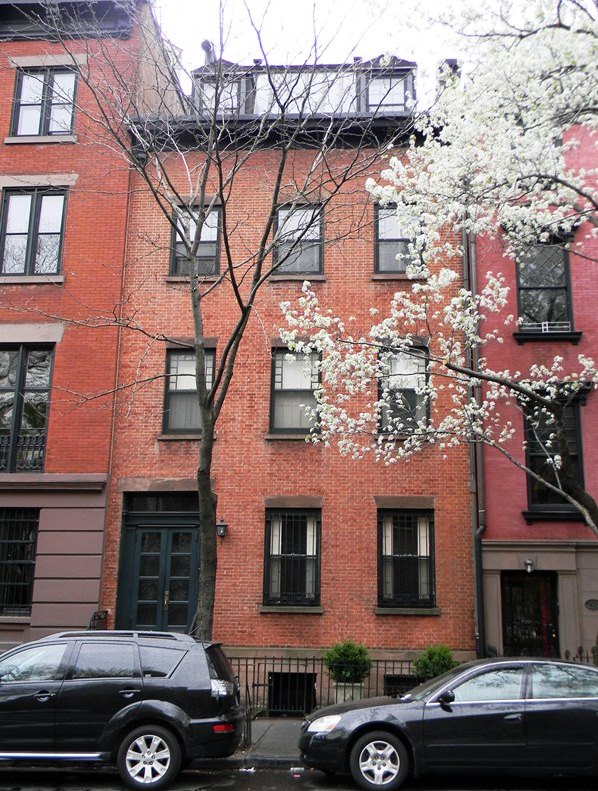Oh How Our Houses Have Changed

This October, GVSHP is presenting a course that explores historic preservation by examining changing styles of housing, changing housing laws, and urban renewal in the twentieth century. While the course was developed specifically for practicing real estate brokers, I was reminded while sitting in on a recent lecture how much these issues are relevant (and interesting to) anyone interested in the history and preservation of our neighborhoods.
So for those of you not taking this particular course, we here at Off the Grid thought we’d give you a chance to explore some of these topics by doing a little reading on your own.
Tenements were built in NYC to accommodate an ever-expanding population of low-wage workers and immigrants. But before 1879, there were virtually no laws to regulate this housing type. The regulations of the old and new tenement laws made living conditions somewhat more humane and changed the landscape of much of the East Village and South Village neighborhoods. You can read more about the new tenement law of 1901 in this post.

In the early 1900s, shrewd developers began reshaping row house stock in the West and South Villages to attract artists, bohemians, and others who could afford a higher rent than the surrounding immigrant communities. You can read about some of the architectural features that define an iconic Village artists studio in this 2014 blog post. Artist studios are still extant in the Village landscape and are just one of the features of the South Village neighborhood that GVSHP is working to landmark. You can read more about the development of the artists studio in our proposal to landmark the South Village.
Many think of urban renewal in New York City as a phenomenon of the post-World War II era, a battle between government (Robert Moses) and advocates (Jane Jacobs). And while this is true, it is only part of the story. The start of urban renewal can be traced to the development of First Houses in the East Village. The project, which was spearheaded through the cooperation of the Federal government with that of New York City, was the first public, low-income housing project in the nation. It was designated a NYC landmark in 1974. You can access the designation report for First Houses here.

In addition to post-World War II urban renewal projects such as Stuyvesant Town on the east side and West Village Houses in the Far West Village, there were several adaptive re-use projects that developed industrial buildings into residential buildings in the later part of the twentieth century. You can read about the development of the Archive Building and Westbeth, developed as live-work space for artists. Both buildings are designated NYC landmarks in the Far West Village. Incidentally, GVSHP recorded an oral history with Jane Jacobs in 1997. The history recounts her role in preventing a large urban renewal project slated for the West Village in the 1960s.
GVSHP currently offers two different continuing education courses for real estate brokers throughout the year. You can learn more about course offerings for 2015 here.

Exploring the evolution of houses is like a journey through time. 🏠 It’s fascinating to see how architecture reflects society’s changes. Thanks for this insightful glimpse into history!